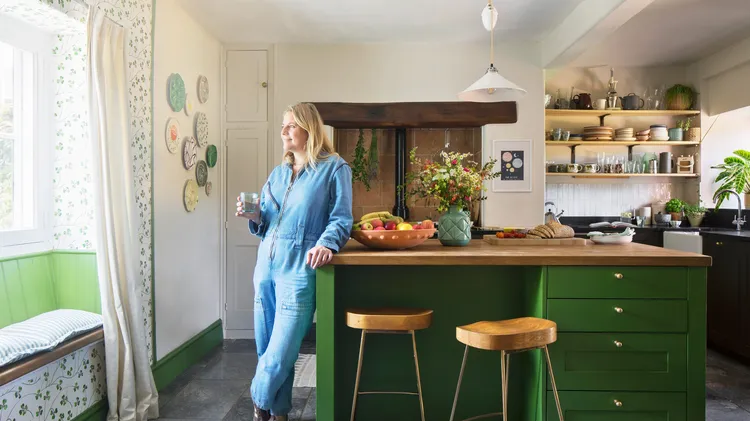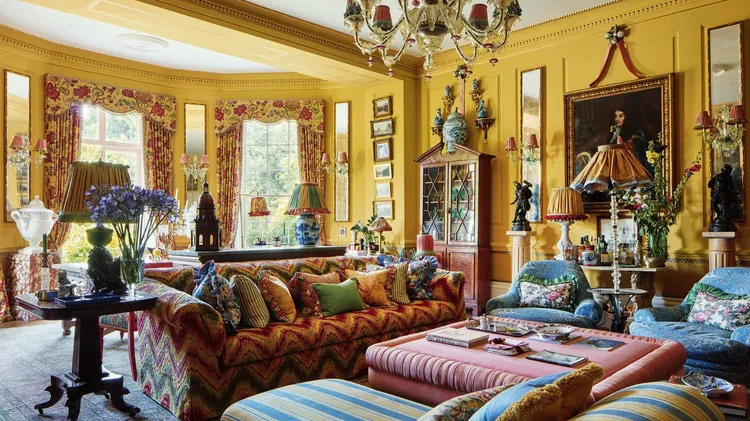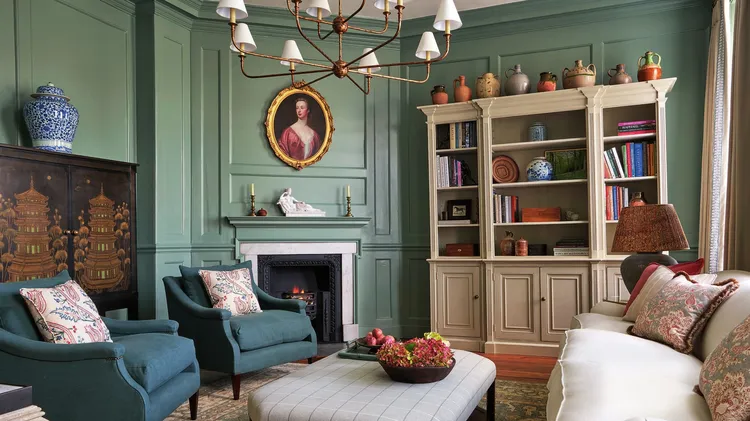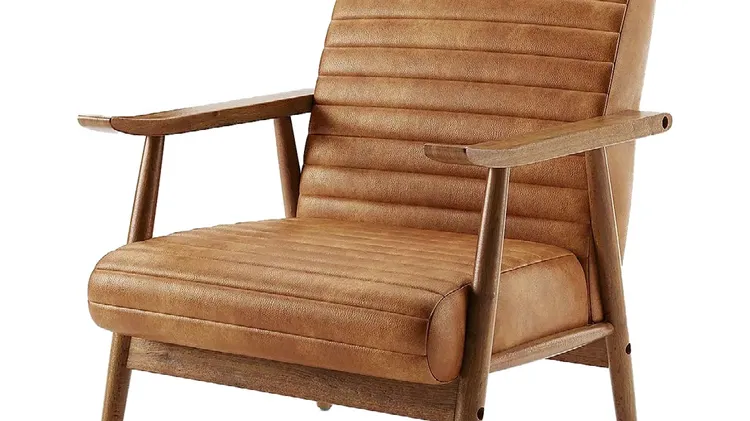Continuing our series celebrating the evolution of colour
Toile de jouy creative combinations
7 min read
This article is from...
Read this article and 8000+ more magazines and newspapers on Readly






